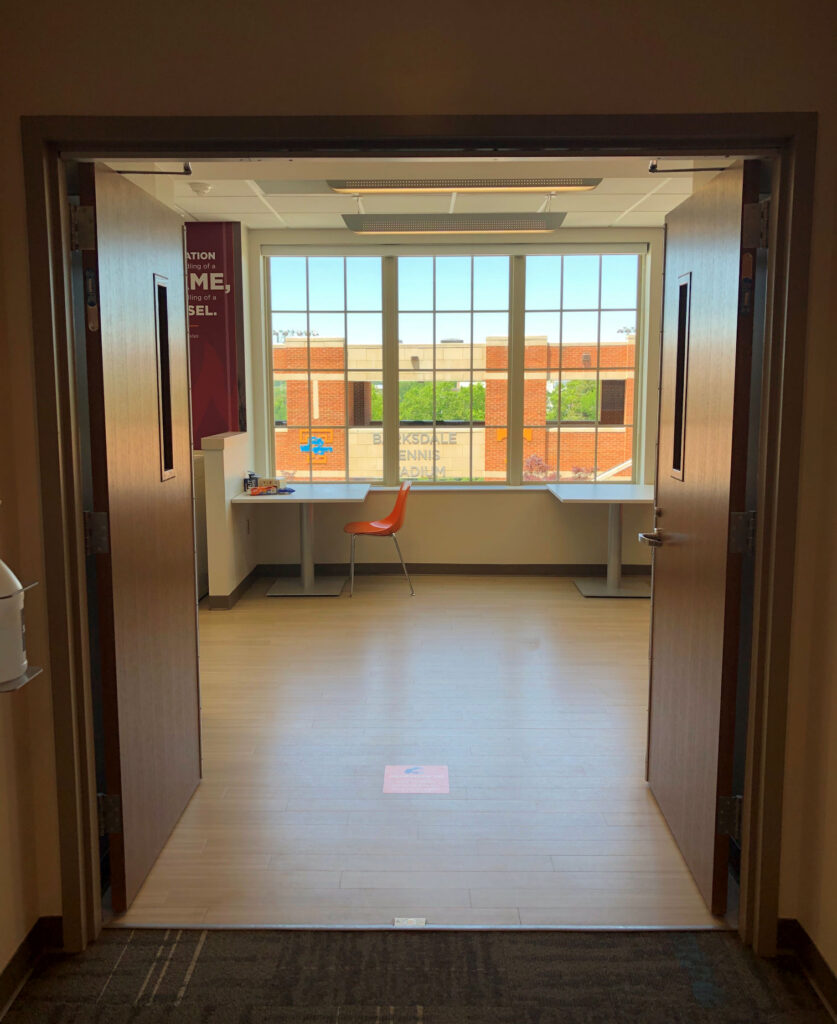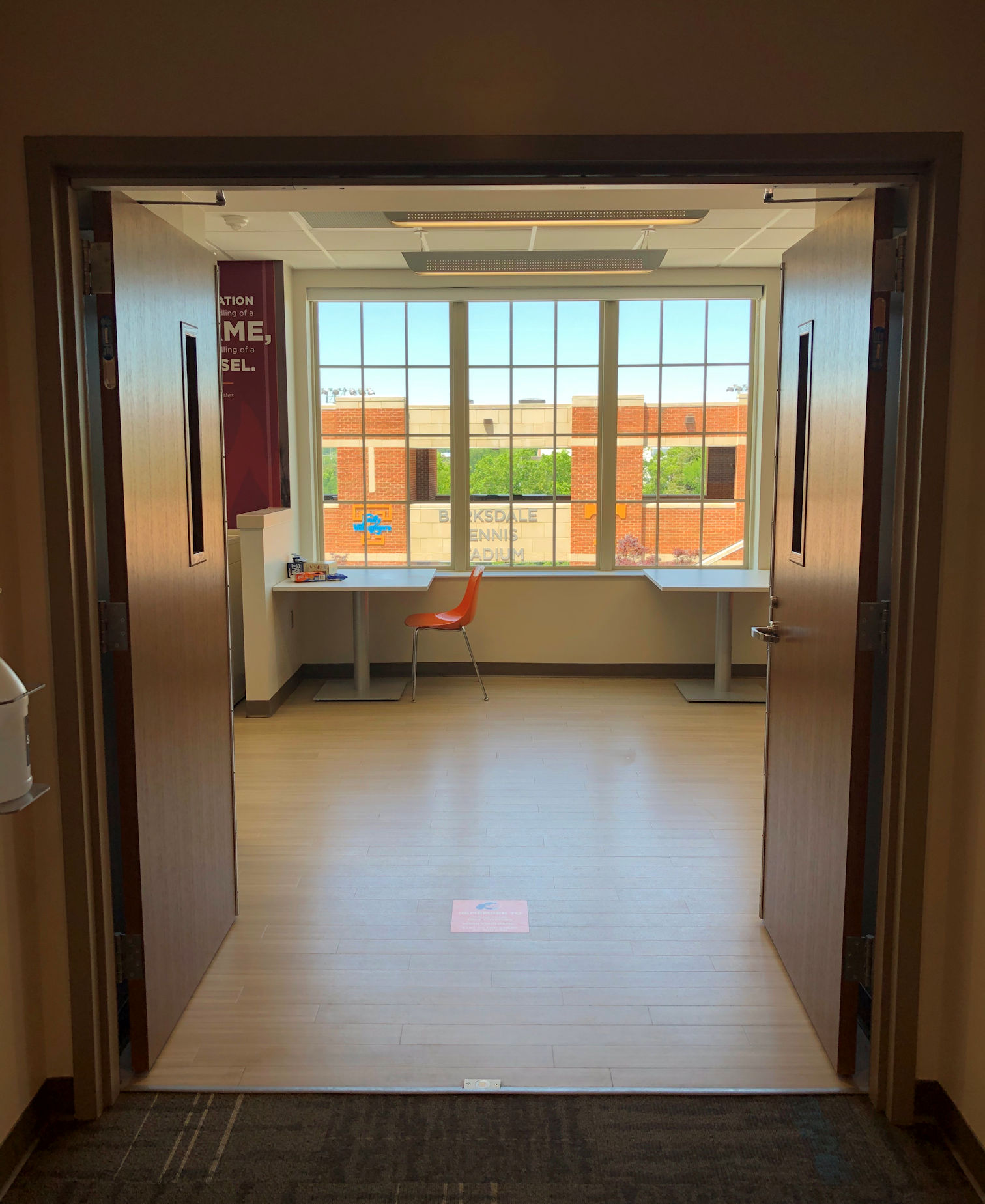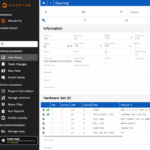
Yes – I realize that this is an equal leaf pair, but the information in this post applies regardless of the size of the inactive leaf.
On Tuesday I answered a Quick Question about panic hardware on an unequal leaf pair, which led to another question from several readers:
Can the smaller leaf of an unequal leaf pair be equipped with flush bolts instead of panic hardware?
This is not an easy question to answer because there are several considerations:
- Is the pair of doors serving an area that is required to have panic hardware? If yes, the answer depends on the adopted code and how the Authority Having Jurisdiction (AHJ) interprets the requirements of that code.
- Many AHJs interpret the I-Codes as requiring panic hardware on both leaves of a pair that is serving an assembly or educational occupancy with a calculated occupant load of 50 people or more (or a high hazard occupancy with any occupant load). This is because the requirements of the I-Codes apply to doors that are are required for egress AND to doors that are provided for egress purposes.
- However, if the adopted code is based on NFPA 101, AHJs sometimes interpret the requirements as applicable only to doors that are required for egress. If the smaller leaf is not required for egress, the AHJ may not require panic hardware on that door. And the NFPA requirements for panic hardware apply to assembly, educational, and day care occupancies with an occupant load of 100 people or more (and some areas of high hazard contents), so the occupant load threshold is double that of the I-Codes.
- How much egress width does the opening need to provide? When determining whether the smaller leaf is part of a required means of egress, it’s important to calculate the egress width that the opening must provide. If the calculated occupant load can be accommodated by the larger leaf of the pair, there may be more flexibility with the hardware for the smaller leaf. If the smaller leaf is not needed for egress, that leaf is sometimes taken out of service as a door and replaced with a sidelight.
- If the smaller leaf IS required for egress, automatic flush bolts may be a good solution if that leaf is not required to have panic hardware. Pairs with automatic flush bolts should also have a coordinator to ensure that the doors close in the proper sequence (the coordinator would be mandatory for fire doors).
- If the building IS NOT equipped throughout with a sprinkler system, the I-Codes permit the smaller leaf to have manual flush bolts if the pair of doors is serving an area with a calculated occupant load of less than 50 people.
- If the building IS equipped throughout with a sprinkler system, the I-Codes permit the smaller leaf to have manual flush bolts if the larger leaf can accommodate the calculated occupant load of the space served by the pair of doors. A 3-foot-wide door can typically provide enough egress width for approximately 160 people.
Remember:
- Manual flush bolts are only allowed on fire door assemblies when the doors serve an area that is not normally occupied by people (ex. mechanical room), when approved by the AHJ.
- When a pair of doors is equipped with flush bolts or surface bolts, the leaf with the bolts must not have any hardware that would indicate that the door can be used for egress (ex. dummy lever or push bar).
Any more questions?
You need to login or register to bookmark/favorite this content.






Quick Question: “Can the smaller leaf of an unequal leaf pair be equipped with flush bolts instead of panic hardware?”
I realized there are various types of “flush-bolts”, but the quick answer is “Why would you do that?”
A flush bolt “pins” the inactive leaf in the closed position. It is not too clever to put a “crash bar” on a door leaf pinned in the closed position. That’s not what is meant by “crash.”
Quick Answer: “Yes if the flush bolts are the automatic type.” Because – if one crashes through the door with the panic exit device the other leaf is also released.